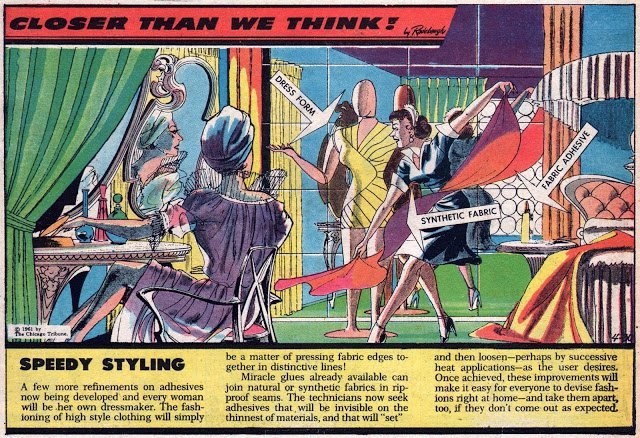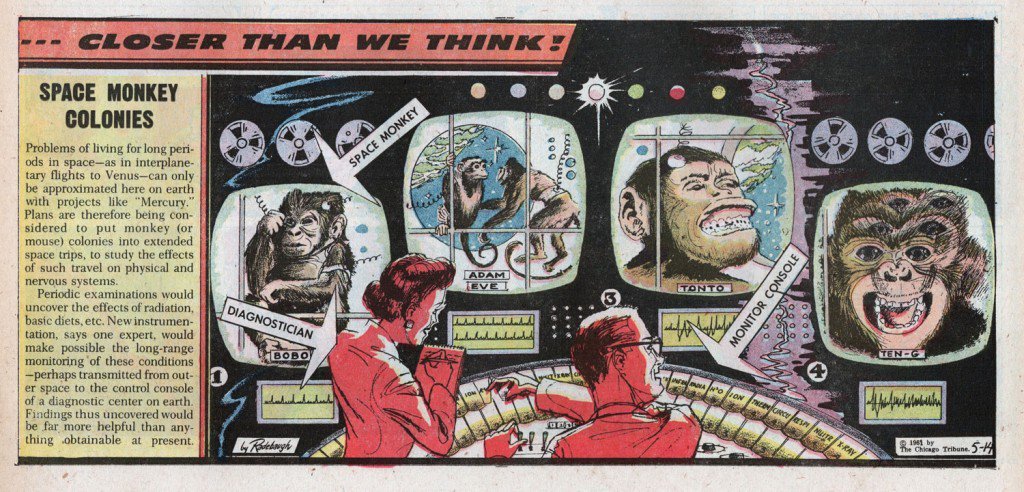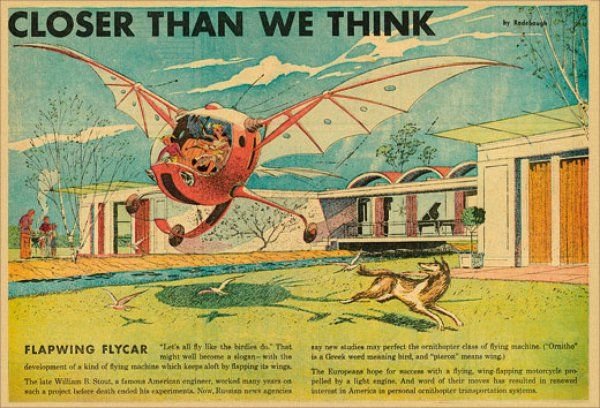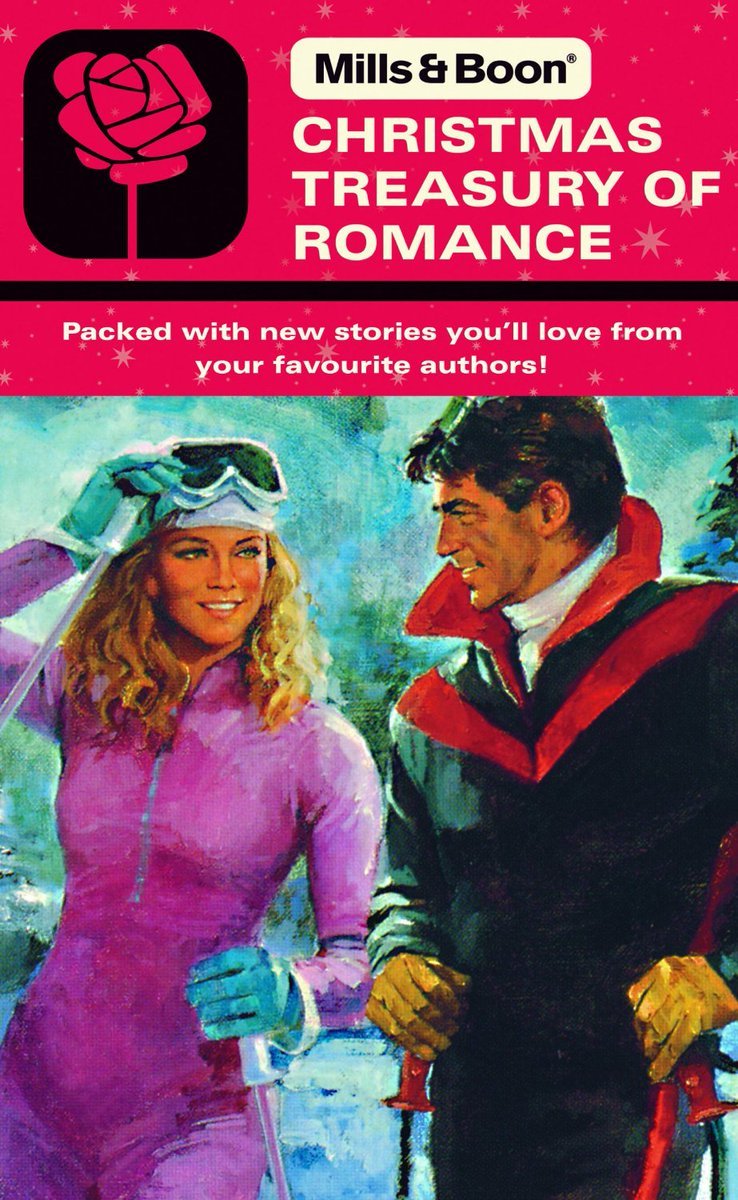In the late 1950s Arthur Radebaugh produced a US Sunday newspaper comic strip called 'Closer Than We Think!' It tried to anticipate the way we would live in the future, based on current trends and ideas in science.
As it's now the future let's see how he did...
As it's now the future let's see how he did...

Automic automobiles: thankfully not a thing! The Ford Nucleon concept car was designed in 1957, but never went beyond the model making stage. It would have used a steam engine powered by a small nuclear reactor in the boot. 

Robot warehouses: this is most definitely a thing now. Ocado's robot warehouse in Hampshire caught fire in February 2019: fire fighters had to dodge the still-running robots to put the blaze out! 

Innerscope TV pills: not quite a thing... yet. Endoscope cameras are routinely used by hospitals, but at some point we can expect nanobot cameras to become available - much less uncomfortable! 

Jetpack postmen: not really needed now we have email, though Amazon are still working on drone package delivery systems. The first jetpack flight was in 1961 and ever since they've been a solution in search of a problem. 

The electronic home library. We sort of have this now; between Kindle and the internet we can consume more knowledge more quickly than anyone could have predicted. Not as elegantly as this illustration alas. 

Atomic dirigibles: both the US and the USSR looked into atomic airships during the cold war, but the idea of an airborne nuclear reactor powering a flying aircraft carrier thankfully never caught on. 

Push-button education. Distance learning using video has been with us for many decades now, not least during the pandemic. Interactive whiteboards are also standard in most schools. However you can't replace a good teacher - not even with a 5K television. 

Universal language boxes: well we do have Google translate which can be handy when travelling, but we're still some way away from machine learning mastering all the nuances and idioms of human language. Maybe we should all learn Esperanto instead. 

Space monkey colonies: never gonna happen - we've seen Planet of the Apes and we're not going there! 

• • •
Missing some Tweet in this thread? You can try to
force a refresh
























